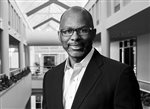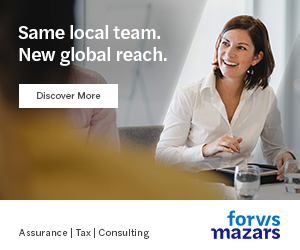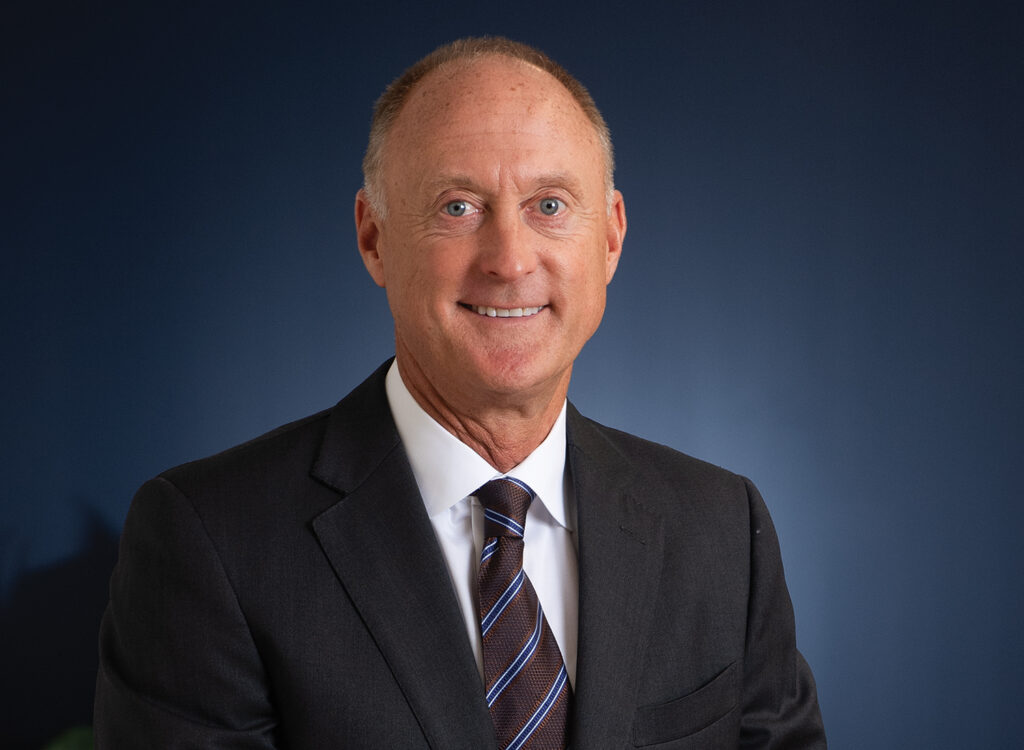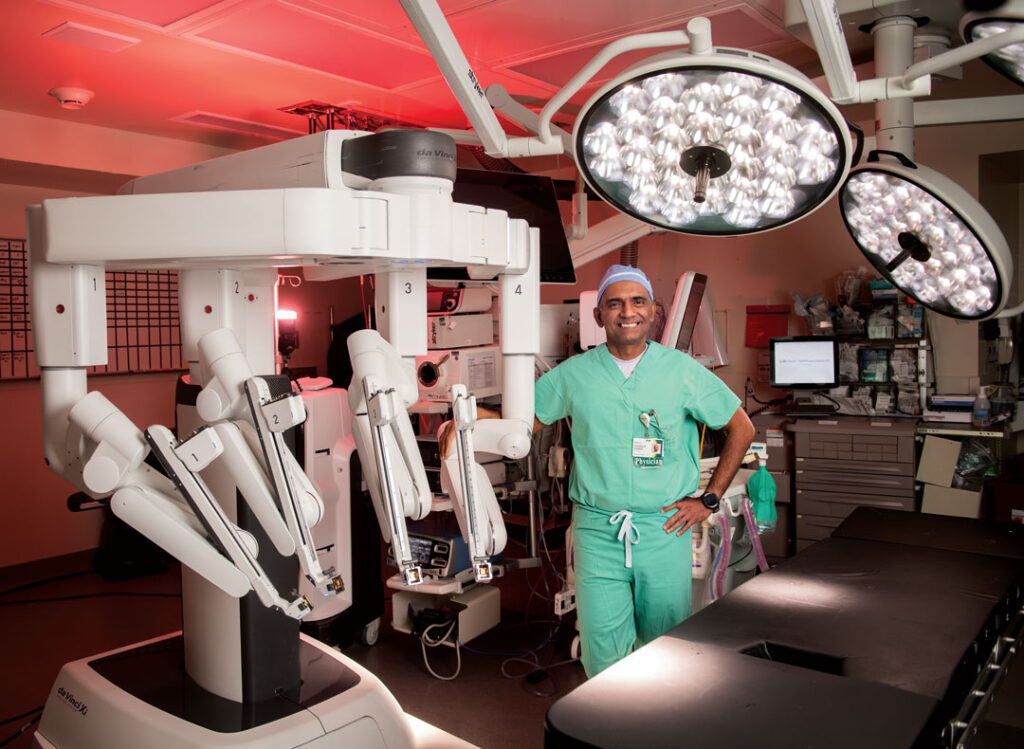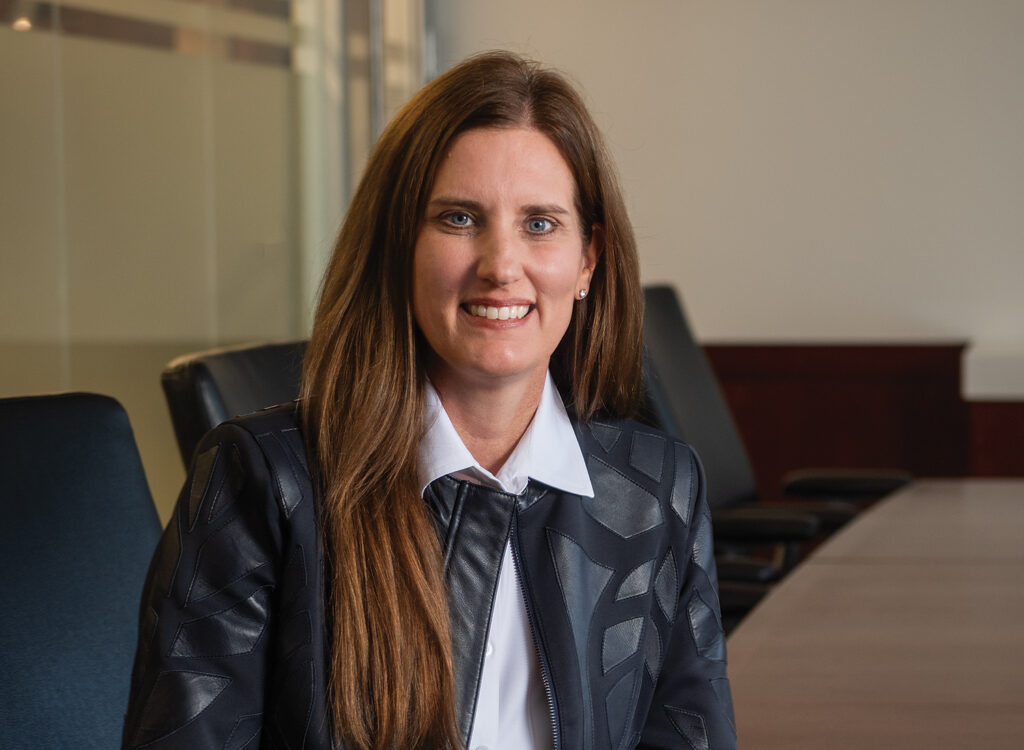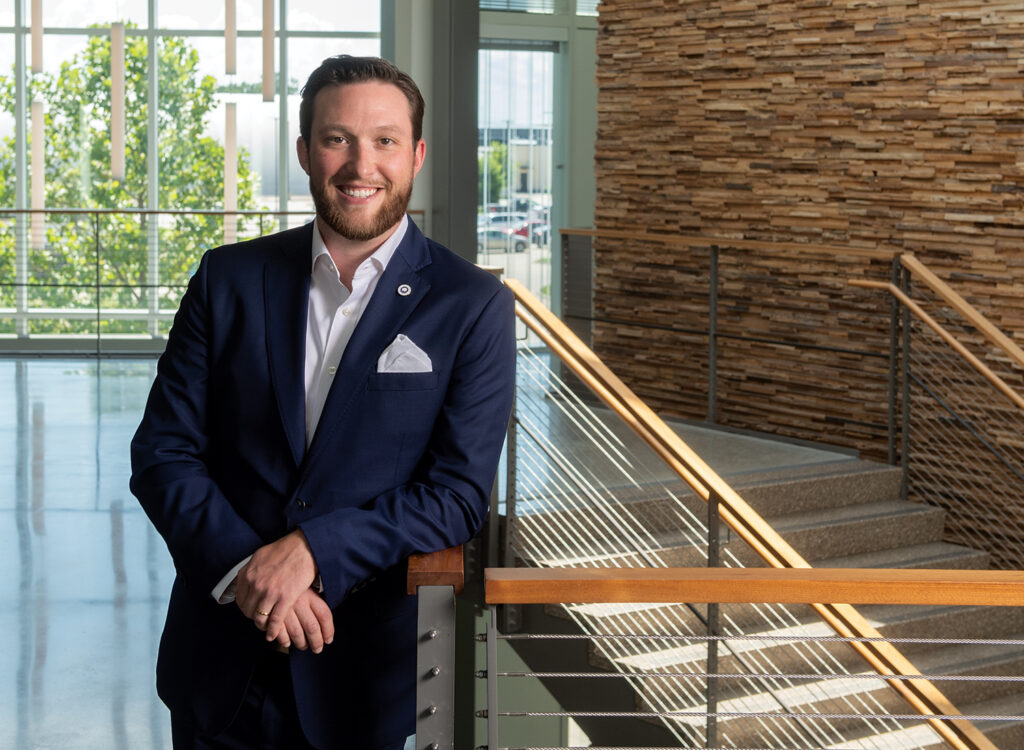A Closer Look: Adrian Butler
Chief information officer, Casey’s General Stores Inc.

SARAH BOGAARDS Feb 2, 2022 | 3:57 pm
8 min read time
1,860 wordsA Closer Look, Business Record Insider, Innovation and Entrepreneurship, Retail and BusinessAdrian Butler’s career has always centered on technology and using it creatively to build value. After growing up on a farm in Louisiana, Butler said that Casey’s customers reflect himself and how he was raised, and that he saw an opportunity to have a positive effect on those customers through technology as the company’s first chief information officer. He came to Casey’s in June 2020 from another CIO role at DineBrands, the parent company of Applebee’s and IHOP restaurants. While there, Butler worked with his future colleague, Casey’s CEO and former president of IHOP Darren Rebelez.
Butler’s first association with technology careers was after finishing his bachelor’s degree, when he was commissioned as a second lieutenant in the U.S. Air Force. He worked for finance and insurance company American General after leaving the Air Force, and then took his first officer role as vice president of international hotel group Accor Hotels. Butler’s passion for education led him to a role as chief technology officer for a startup helping universities offer online education for a year before he joined Target as vice president of technology services.
As Casey’s first CIO, share why the role was created and how you view it.
If you think about all organizations around the world, but certainly here in the United States, technology has become a catalyst to drive value for guests, and then ultimately for team members, and ultimately for shareholders. At Casey’s we have five pillars of our strategy. Within each of those pillars, having a robust technology capability is essential in order to deliver what we aspire to be over time. At the heart of everything we do is the guest, and so when you start thinking about the types of capability we’re looking to build and acquire, certainly, we’re a super guest-centric and guest-focused organization. But also we’re a very team member-centered and team member-focused organization. If you start thinking about the rationale for building, it is first and foremost to catapult and enable and support our three-year strategic plan. But even beyond that, we know that technology is going to play a role and continue to differentiate and really drive competitive advantage for Casey’s into the future.
What were the initiatives that defined your first year at Casey’s?
A big part of success in any of these types of IT and technology transformations is being hyper-focused on talent. I would say the first thing that I immerse myself in is the team, both the technology teams but also the broader teams that are stakeholders in the technology success here at Casey’s. We have now transformed ourselves utilizing product management and using agile methodology as the approach to go to market. First and foremost is getting the way we deliver value. … Making sure we have the right talent in place to do that, both internally developing talent and continuing to elevate the teams that are here, but also out recruiting and acquiring talent. I would say that’s the biggest part of what the first 19 months have borne out. Second has been continuing to lean into four major areas. One is around our stores and the capability in stores where we serve our guests every single day, making sure that there are the right services and tools in place for both our team members to support our guests, but also tools for guests directly through digital and e-commerce channels. Second would be a deeper focus on data and analytics, getting more robust insights about our guests to ensure that we are providing the services and the products that are important to them. Third is leaning into core systems like our merchandising systems that are the tools we use to go out and acquire products and basically be able to then merchandise those in stores, as well as supply chain tools and technology to then ensure that the products we acquire are available to guests and show up on shelves across our footprint.
What are some of the top ways Casey’s is integrating technology?
One of the things that we’re leaning into are guest enablement and guest-centric innovations and best-in-class-type technologies. The example I’d give there is around our digital platforms. We launched our digital platforms back roughly around January 2020 right before the pandemic. We now have leaned into that, [and] that environment and those capabilities have grown and scaled quite nicely where we have now tens of thousands of guests utilizing those in any given day. We certainly are utilizing our e-commerce and mobile and social capabilities to now interact and engage with guests through marketing channels, through social, [and] through these connection points through our rewards and loyalty program to make sure that we’re enticing or encouraging or inviting guests to interact with Casey’s in a way perhaps that they have not historically.
How has your experience as CIO at DineBrands influenced your work at Casey’s?
I think a big part of it is around the evolution of a CIO. What does that role even mean these days? I’d say the role has evolved to having an enterprise view of all the opportunities, but also all the challenges and risks in the organization. A big part of my job is to illuminate opportunities through the use and deployment of technology. If we can identify where technology can play a role to solve a problem, make a process easier and make our team members’ lives easier, that’s a great benefit to Casey’s and a great use of technology. On the other end of that equation is how we then interact with our guests. Having worked in restaurants, certainly [at] Casey’s our three-legged stool is fuel, traditional convenience in grocery and general merchandise, as well as a food proposition. I think one of the great things that I value in this CIO role, and particularly in retail, is that you have a closed loop. You get to face a guest every single day, a guest gets to tell you what you got right and where there’s an opportunity for you to improve every single day. For me, focusing in on technologies that allow that experience with our guests and that experience with our team member to be improved is the central essence of what I’ve learned throughout my entire career is focus the energy of the innovation and focus the energy of the technology in a way that both drives value but also solves a problem in a person’s life, that sticks really well.
How have the workforce challenges shown up on Casey’s IT teams, and how have they worked to attract new hires?
It’s a great time to be in technology, probably the best time of any time in the history of technology. There are tons of opportunities through experience, tons of opportunities through various companies that exist for talent today. And it all has existed for a while, but I would say it is that there are so many options today that were perhaps not there or not as available. Now with COVID making the workforce more mobile [by] being able to work remotely or work anywhere, that has just introduced and opened up opportunities for a technologist to pursue different avenues that they perhaps have not historically. I’d say that has introduced both a challenge and an opportunity. The challenge of that is that colleges are not producing technologists at the rate of the demand. And we’re not the only company out in the country or in this market that are hiring, so there’s lots of demand, even in this local market. The things that I hyper-focus on relative to talent are three things. First and foremost, focusing on ensuring that we’re retaining, developing, coaching, mentoring and creating opportunities for our existing team to want to be at Casey’s [is] essential. No. 2 is creating the ability for those team members to go out and have really compelling stories around why Casey’s, why should you come here? What are you guys working on? Is the technology current? The things we’re working on are current technologies that would actually benefit a person in their career journey, from my vantage point. We’ve also looked at how we then create onboarding opportunities through internships. We’ve scaled our internship program here at Casey’s over the last 18 months, where we’ve increased it from two or three interns to 21 in 2021.
What is your view on diversity in hiring and focusing on underrepresented groups?
[It’s] really important to me to lean in and have both gender diversity represented, diversity of experience, diversity of location because I think that brings out the best in all of us. Certainly, then racial diversity as a component of that as well. We certainly lean in on our recruiting more broadly than we have historically, and really are seeing a much more diverse workforce. Casey’s is doing well, so we’re going to go look at our performance and the broader market, look at our performance relative to some of the recognition we’re receiving. All those things are just indicators around the great positive change and the evolution that’s taking place here that I think then attracts people. So therefore, we’re out certainly looking for the best talent possible, wherever it might sit, we’re certainly leaning into and saying that diversity, equity and inclusion, it’s important to us, not only because it’s the right thing to do, but because we think it actually helps us to get the better outcomes. One piece I’d add is now the fact that we can have folks who can work remotely. We’ve also begun to explore and lean into what does remote work even look like in this context? So that’s an opportunity as well.
What have you found as a leader to be important components to recruiting and retaining a team of technology professionals?
I would say flexibility and all aspects of that — flexibility of work schedule, flexibility in the types of things that I work on, flexibility in developing skills that may not be necessarily germane to my specific job, but I want to grow and scale myself. That is certainly something that we’re seeing. I’d say it’s become a much more competitive workforce, relative to broad compensation, and that’s not always just base salary. That is, “How are you investing in me from a development perspective?” That is, “What are the types of experiences I can get?” “How do I now interact, and actually have my work show up in a way that I can actually be proud of externally?” All those things are the other things that we’re beginning to see a whole lot more of. I think the other part is creating community. One of the things that’s important for me in my role relative to the workforce, [for] those of us that sit here in Des Moines, but also some our colleagues that don’t sit in Des Moines, is making sure we create an environment and a culture that is rich and robust, that is really collegial and respectful, but also allows us to kind of get to know each other, and know each other well.

